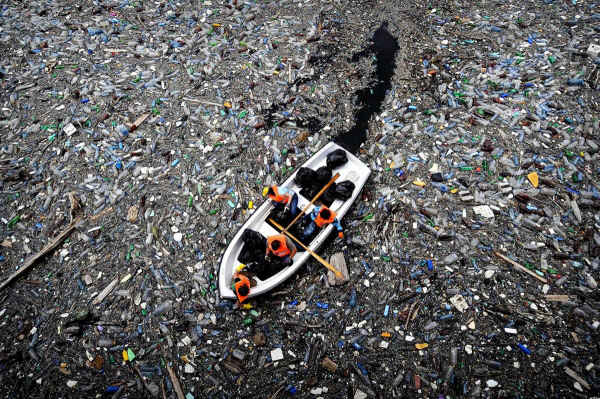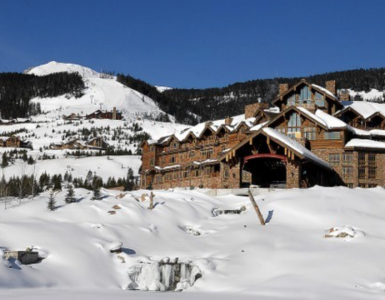By Warren Miller

In the seventies, for a change of scenery from producing so many ski movies, I secured the contract to produce a travel film for Micronesia Airlines. My job was to make Micronesia as attractive as Hawaii is but with a lot fewer people.
Two weeks later I sent the camera crew to Micronesia to do the almost impossible. They were to take stunning pictures of beautiful white, sandy beaches. Once the crew arrived and settled in, I received a frantic phone call from them saying the beaches were unbelievably polluted by all matter of floating debris: lifejackets, flip-flops, cigarette lighters, kid’s toys, you name it, the beaches were completely covered with that sort of junk. The production manager set out to hire locals to help him clean up the beaches that were going to be filmed. Big holes had to be dug to bury rusty 50 gallon oil drums left over from World War II. The rest of the crew got busy filming “The Coin of the Realm” on the island of Yap. The coins were round stones with a hole in the center, some as large as 12 feet in diameter.
Part of our movie assignment was to not film pollution in Micronesia and that was in 1970.
In 1997 Charles Moore was returning from a race to Hawaii in his homemade catamaran and was taking the great circle route back to the west coast when he decided to take a shortcut through the perpetual high-pressure area in the northwestern Pacific where all of the winds eventually end up dying and was very surprised as he sailed through an area about the size of France, or twice the size the Texas which was a huge island of plastic garbage, made up of tens of millions of floating water bottles and any other kind of debris that would float. Some of it had been dumped off the ocean going vessels, but the primary source of debris was from the beaches of Southeast Asia including Japan and also Alaska, Canada, United States and Mexico, and of course, many city’s garbage scows dumping in the ocean. From these locations anything that was washed out into the ocean would eventually wind up in this, as it is called, gyre. This one has been named the Pacific Garbage Patch.
A plastic water bottle, once manufactured, lasts forever because it is not biodegradable and just breaks down into smaller and smaller parts as the sun hits it.
When Charles Moore returned to California, he organized an expedition to go back and examine this area that is now called the Floating Garbage Island. At the same time, it is also called a worldwide, environmental disaster with hundreds of millions of tons of plastic floating in the northeastern Pacific as well as all of the world’s oceans. No known method of doing anything about it except to stop manufacturing plastic. This is of course, impossible.
Eventually the plastic water bottle will break down until reduced to about 2 cm in diameter and drift around in the North Pacific, as deep as 300 feet. It is estimated that 60 million tons of plastic is manufactured each year and part of those plastic particles are found in mussels and barnacles as far away as the English Channel and northern European beaches. The scary thing to me about this whole problem is that every molecule of plastic still exits, including the floating plastic which looks like food and is taken back to bird’s nests where their new offspring die of starvation, not to mention the countless fish which ingest these pieces.
Recently an albatross was found in the central Pacific and in its stomach was some plastic that was manufactured in 1940. Since this floating Pacific Garbage Island is so far from visibility, not very many people are angry enough to pay much attention to it.
Today there are an estimated 46,000 busted pieces of plastic per square mile of ocean worldwide. There is a beach in Hawaii where there are so many pieces of plastic covering the sandy beach that you have to dig down almost two feet to get to clean sand. There are more pieces of plastic on a beach than there are grains of sand on the surface. Unfortunately, at this point in history no known microbe has morphed into a plastic eating entity to live off of plastic. On the other side of the coin is that if such a microbe is developed, who knows what that microbe would eventually eat when it ran out of plastic?
How is this going to get cleaned up and who will pay for it? Maybe the United National Environmental Program’s $190 million a year budget for cleaning up the world?
The last James Bond movie only cost $205 million…but in this one, Dr. No is winning!














